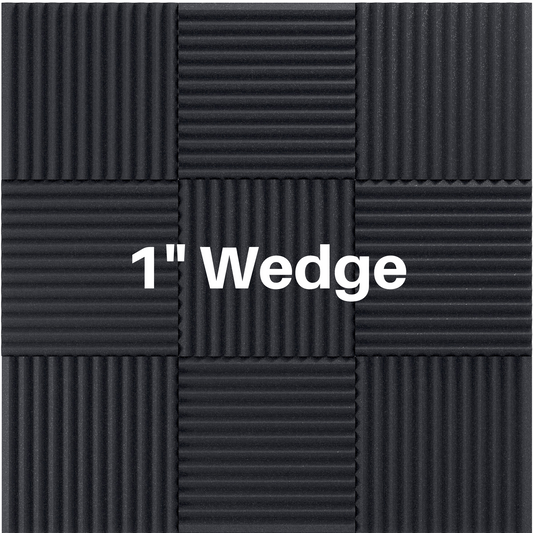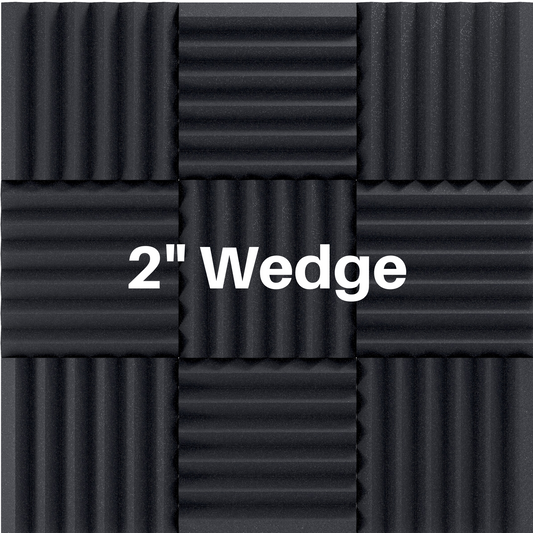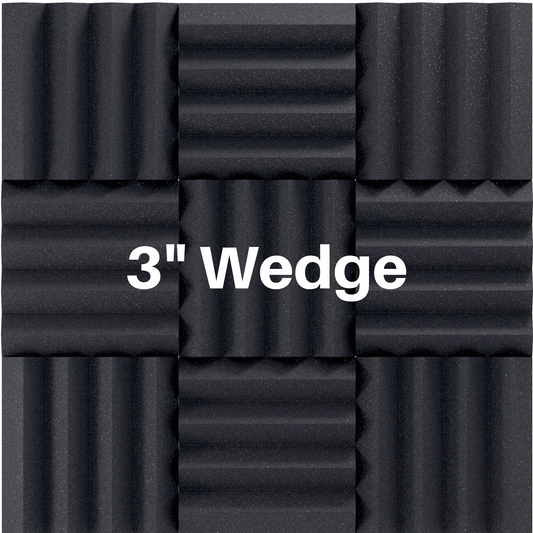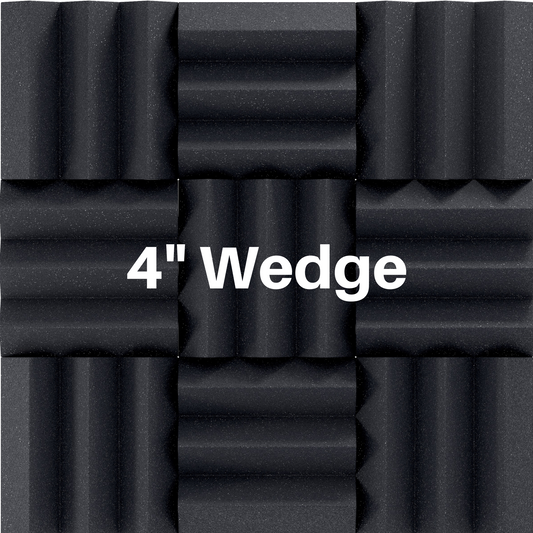Does Acoustic Foam Work Both Ways?
Share
Acoustic foam is designed to absorb sound waves by converting sound energy into heat energy through friction. It is typically used in environments where noise needs to be controlled, such as recording studios, music practice rooms, and home theaters.
Acoustic foam works both ways in the sense that it can absorb sound waves coming from both directions. When sound waves reach the foam, they are absorbed by the material. This means that sound waves coming from either side of the foam will be affected by it.

Some people use this to their benefit and install the foam or other absorption with an air gap in between the mounting surface (ie the wall or ceiling) and the panel. This boosts the absorption power of the panel because the sound waves travel through the panel, are reflected by the wall or ceiling, and then come back through to be absorbed again.
Check out the image below. Zach used lattice and acoustic foam to create a cloud. He boosted the effectiveness of the one inch thick white foam by adding an air gap.

However, it's important to note that acoustic foam is not a soundproofing material. It can help to reduce noise levels within a room, but it won't block sound from entering or leaving the room completely. For more effective soundproofing, additional materials such as mass-loaded vinyl, green glue, or decoupling will be necessary.

Full line of acoustic foam!
Check out our acoustic foam absorption panels and corner solutions!














